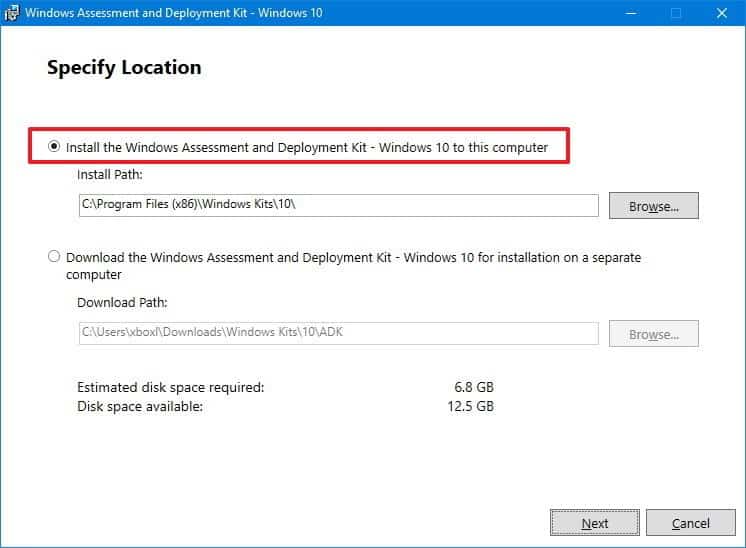Definition of Unattended Installation in Network Encyclopedia.
What is Unattended Installation?
Unattended installation is a procedure for installing software without user intervention. Many Microsoft products, such as Microsoft Windows 2000 and Microsoft BackOffice, support unattended installation. Unattended installation allows network administrators to perform simultaneous installations of operating system and application software on networked computers. For example, an administrator can install Windows 2000 Professional on several desktop client computers simultaneously without having to remain at each desktop during the installation process.
How Unattended Installation Works?
Unattended installations typically make use of a distribution server, which is simply a file server on the network that has the source files for the software you want to install stored on one of its shared folders. Client software can connect to the share point on the distribution server, download the necessary files, and run the software setup program.
You can create a file to provide a fixed set of responses to prompts for information (such as the computer name, the network protocol to employ, and optional components to install). In the Microsoft Windows version of unattended installation, this file is called an answer file; you use it by appending the filename to the /u switch when you run Setup from the command prompt. The Windows NT and Windows 2000 compact discs contain a sample answer file called unattend.txt. You can customize this file with a text editor such as Notepad, and then you can use the file to perform unattended installations of Windows.
Simplifying deployment
Windows NT and Windows 2000 include several installation tools for simplifying the deployment of servers and desktop computers in the enterprise. For example, as an alternative to manually creating answer files by using a text editor, Windows NT and Windows 2000 provide a wizard called Setup Manager that you can use to easily create answer files for unattended installations.
Another way to set up multiple computers running Windows for deployment on a network is to use disk-image duplication (or disk cloning) software such as Symantec’s Ghost or PowerQuest’s DriveImage software. In order to use disk cloning as an installation method, however, the master and target systems must have identical hardware configurations. To create a clone, you install and configure the operating system and applications on the master machine, and then use the disk imaging software to capture an exact bit-image of the master machine’s hard drive, which you then duplicate to the hard drives on the other computers, producing exact clones of the master machine.
When you use disk-image duplication software, you must be careful that incompatibilities do not result. For example, if you clone a computer running Windows 2000, the cloned version will have the same security identifier (SID) as the original, which means that the two computers cannot coexist on the same network. Makers of disk-image duplication software can provide utilities for modifying SIDs to work around this problem. Note also that the master and target computers must be stand-alone member servers and not part of a Windows 2000 domain.

Finally, Windows 2000 Server includes Remote Installation Services (RIS), which you can use to install Windows 2000 Professional on client computers from a network share. An image of the fully configured operating system with any locally installed applications that will be required is created and stored on the network share, and a RIS boot disk is used to boot the client computers, connect to the RIS server, download the image, and install the operating system on the client computers. If the client computers have ROM that supports PXE (Pre-Boot eXecution Environment) architecture and have remote boot–enabled network adapter cards, a remote boot disk is not required for each client.
Microsoft also supports disk-image duplication of Windows 98 systems when the Windows 98 Image Preparation Tool is used to prepare the master disk image.
Simultaneous installations
If you need to perform simultaneous installations of software on large numbers of networked computers, you might consider using systems management software such as Microsoft Systems Management Server (SMS). Unattended installation using answer files is practical only for smaller deployments and doesn’t offer the management and upgrade capabilities that systems management software does.